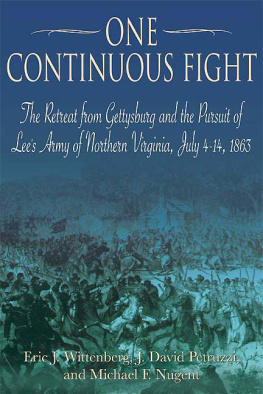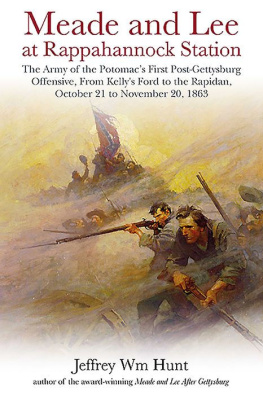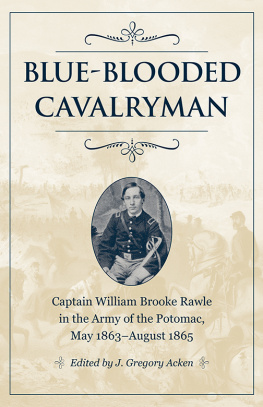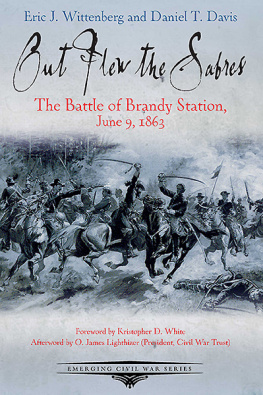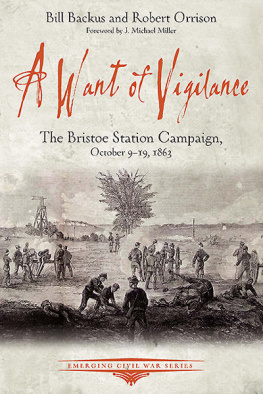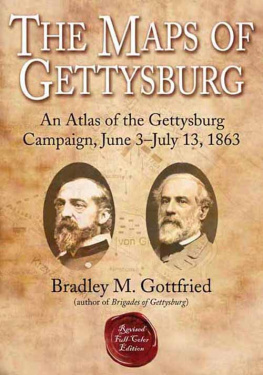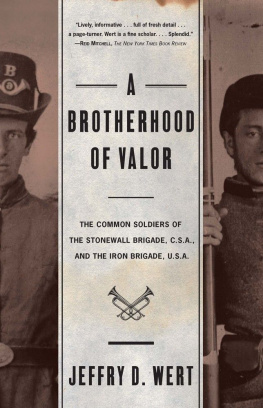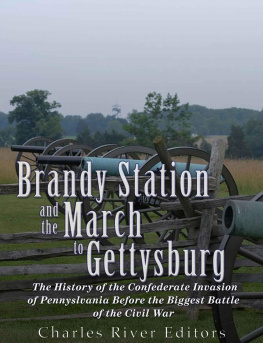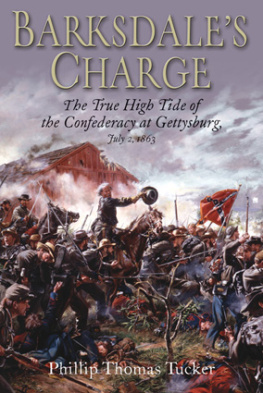Jeffrey Hunt - Meade and Lee at Bristoe Station: The Problems of Command and Strategy after Gettysburg, from Brandy Station to the Buckland Races, August 1 to October 31, 1863
Here you can read online Jeffrey Hunt - Meade and Lee at Bristoe Station: The Problems of Command and Strategy after Gettysburg, from Brandy Station to the Buckland Races, August 1 to October 31, 1863 full text of the book (entire story) in english for free. Download pdf and epub, get meaning, cover and reviews about this ebook. year: 2018, publisher: Savas Beatie, genre: History. Description of the work, (preface) as well as reviews are available. Best literature library LitArk.com created for fans of good reading and offers a wide selection of genres:
Romance novel
Science fiction
Adventure
Detective
Science
History
Home and family
Prose
Art
Politics
Computer
Non-fiction
Religion
Business
Children
Humor
Choose a favorite category and find really read worthwhile books. Enjoy immersion in the world of imagination, feel the emotions of the characters or learn something new for yourself, make an fascinating discovery.

- Book:Meade and Lee at Bristoe Station: The Problems of Command and Strategy after Gettysburg, from Brandy Station to the Buckland Races, August 1 to October 31, 1863
- Author:
- Publisher:Savas Beatie
- Genre:
- Year:2018
- Rating:3 / 5
- Favourites:Add to favourites
- Your mark:
Meade and Lee at Bristoe Station: The Problems of Command and Strategy after Gettysburg, from Brandy Station to the Buckland Races, August 1 to October 31, 1863: summary, description and annotation
We offer to read an annotation, description, summary or preface (depends on what the author of the book "Meade and Lee at Bristoe Station: The Problems of Command and Strategy after Gettysburg, from Brandy Station to the Buckland Races, August 1 to October 31, 1863" wrote himself). If you haven't found the necessary information about the book — write in the comments, we will try to find it.
The carnage of Gettysburg left both armies in varying states of command chaos as the focus of the war shifted west. Lee further depleted his ranks by dispatching James Longstreet (his best corps commander) and most of his First Corps via rail to reinforce Braggs Army of Tennessee. The Union defeat that followed at Chickamauga, in turn, forced Meade to follow suit with the XI and XII Corps. Despite these reductions, the aggressive Lee assumed the strategic offensive against his more careful Northern opponent, who was also busy waging a rearguard action against the politicians in Washington.
Meade and Lee at Bristoe Station is a fast-paced, dynamic account of how the Army of Northern Virginia carried the war above the Rappahannock once more in an effort to retrieve the laurels lost in Pennsylvania. When the opportunity beckoned Lee took it, knocking Meade back on his heels with a threat to his army as serious as the one Pope had endured a year earlier. As Lee quickly learned again, A. P. Hill was no Stonewall Jackson, and with Longstreet away Lees cudgel was no longer as mighty as he wished. The high tide of the campaign ebbed at Bristoe Station with a signal Confederate defeat. The next move was now up to Meade.
Hunts follow-up volume to his well-received Meade and Lee After Gettysburg is grounded upon official reports, regimental histories, letters, newspapers, and other archival sources. Together, they provide a day-by-day account of the fascinating high-stakes affair during this three-month period. Coupled with original maps and outstanding photographs, this new study offers a significant contribution to Civil War literature.
Jeffrey Hunt: author's other books
Who wrote Meade and Lee at Bristoe Station: The Problems of Command and Strategy after Gettysburg, from Brandy Station to the Buckland Races, August 1 to October 31, 1863? Find out the surname, the name of the author of the book and a list of all author's works by series.

